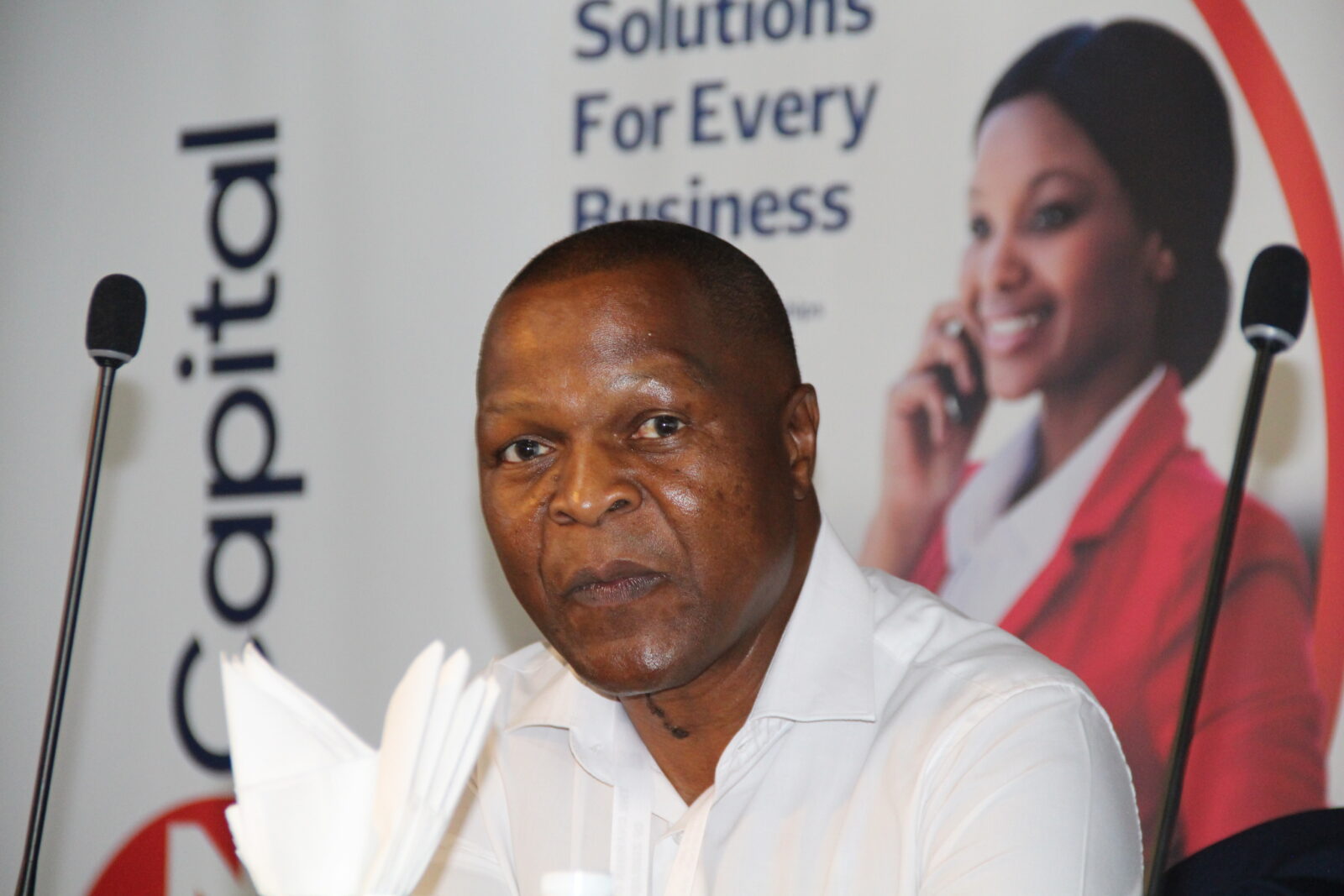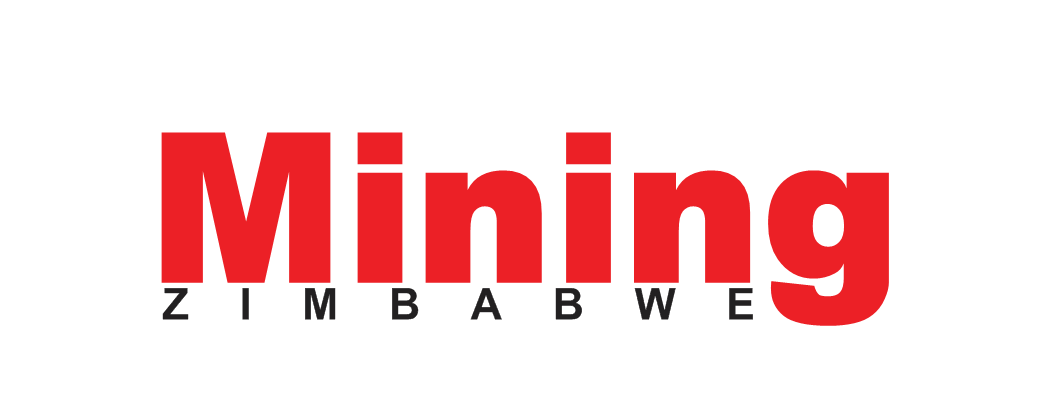Financial Constraints May Delay Miners’ 2026 Power Deadline – Chamber

The Chamber of Mines Zimbabwe (CoMZ) says large-scale ferrochrome miners might not meet the 2026 power plant deadline due to potential financial constraints, highlighting that a conducive investment environment is key to the success of these projects.
By Ryan Chigoche
Large-scale miners were recently informed by the Zimbabwe Electricity Supply Authority (ZESA) that they need to generate their own power by 2026, as the power utility admitted it would not be able to meet the sector’s requirements.
ZESA recently reported that some miners have already invested in power generation, with the first 100 MW from the miners expected to be operational by 2025.
However, as the 2026 deadline approaches, Chamber of Mines Zimbabwe (CoMZ) President Thomas Gono told Mining Zimbabwe that meeting this deadline might be challenging due to financial constraints and the current investment environment.
“Financial closure for some of these projects could take time and delay the commissioning of the projects. The depressed commodity prices may also impact the pace of implementation, as declining revenues are likely to affect the procurement of critical plant components,” Gono said.
He emphasized that successful project implementation requires a conducive investment environment that enhances the competitiveness of mining operations.
“Many mining companies worldwide have invested in electricity-generating plants to meet their needs and those of the communities in which they operate. It is crucial to ensure that the investment conditions for mining projects are conducive and competitive with other jurisdictions. Investments in infrastructure are vital for the country’s development and contribute to energy security through Public-Private Partnerships,” Gono added.
Further compounding the miners’ financial constraints is the 75/25% retention policy, which is impacting their profits. If not reviewed, this policy could also hinder the miners’ ability to meet the 2026 deadline, potentially affecting the viability of mining projects.
The power initiative anticipates continued economic growth, which is expected to push power demand above 3,000 megawatts within the next two years. This increased demand is driven by the emergence of several new lithium mining companies and the construction of the US$1.5 billion Dinson Iron and Steel Company (Disco) plant in Manhize, near Mvuma in the Midlands, among other new projects across the country.
As Zimbabwe faces these challenges, experts believe that the government and industry stakeholders must collaborate to address the financial and policy-related obstacles that might slow down investment.
Creating a conducive investment environment, including revising the 75/25% retention policy and offering incentives, will be crucial for ensuring that miners can meet their energy needs and contribute to sustainable economic growth.
It is also important to note that the sector is one of the biggest foreign currency earners. By enhancing investment conditions and providing supportive measures, Zimbabwe can help its mining sector adapt to evolving demands and maintain a competitive edge in the global market.


